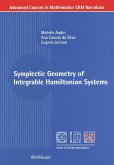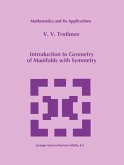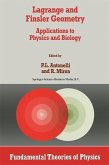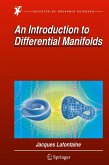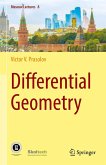These lecture notes are dedicated to the mathematical modelling, analysis and computation of interfaces and free boundary problems appearing in geometry and in various applications, ranging from crystal growth, tumour growth, biological membranes to porous media, two-phase flows, fluid-structure interactions, and shape optimization.
Classical methods from partial differential equations as well as from differential geometry, together with modern methods like the theory of maximal regularity or measure theoretic approaches, now allow for a systematic mathematical theory for interfaces in many situations. Also, numerical methods based on parametric approaches, level sets or phase fields are now mature enough to deal with interesting phenomena. However, in many applications, quite complex couplings between equations on the interface and equations in the surrounding bulk phases appear which are still not well understood so far.
We first give an introduction to classical methods from differential geometry and systematically derive the governing equations from physical principles. Then we will analyse parametric approaches to interface evolution problems and derive numerical methods which will be thoroughly analysed. In addition, implicit descriptions of interfaces such as phase field and level set methods will be analysed. Finally, we will discuss numerical methods for complex interface evolutions and will focus on two phase flow problems as an important example of such evolutions.
Dieser Download kann aus rechtlichen Gründen nur mit Rechnungsadresse in A, B, BG, CY, CZ, D, DK, EW, E, FIN, F, GR, HR, H, IRL, I, LT, L, LR, M, NL, PL, P, R, S, SLO, SK ausgeliefert werden.





